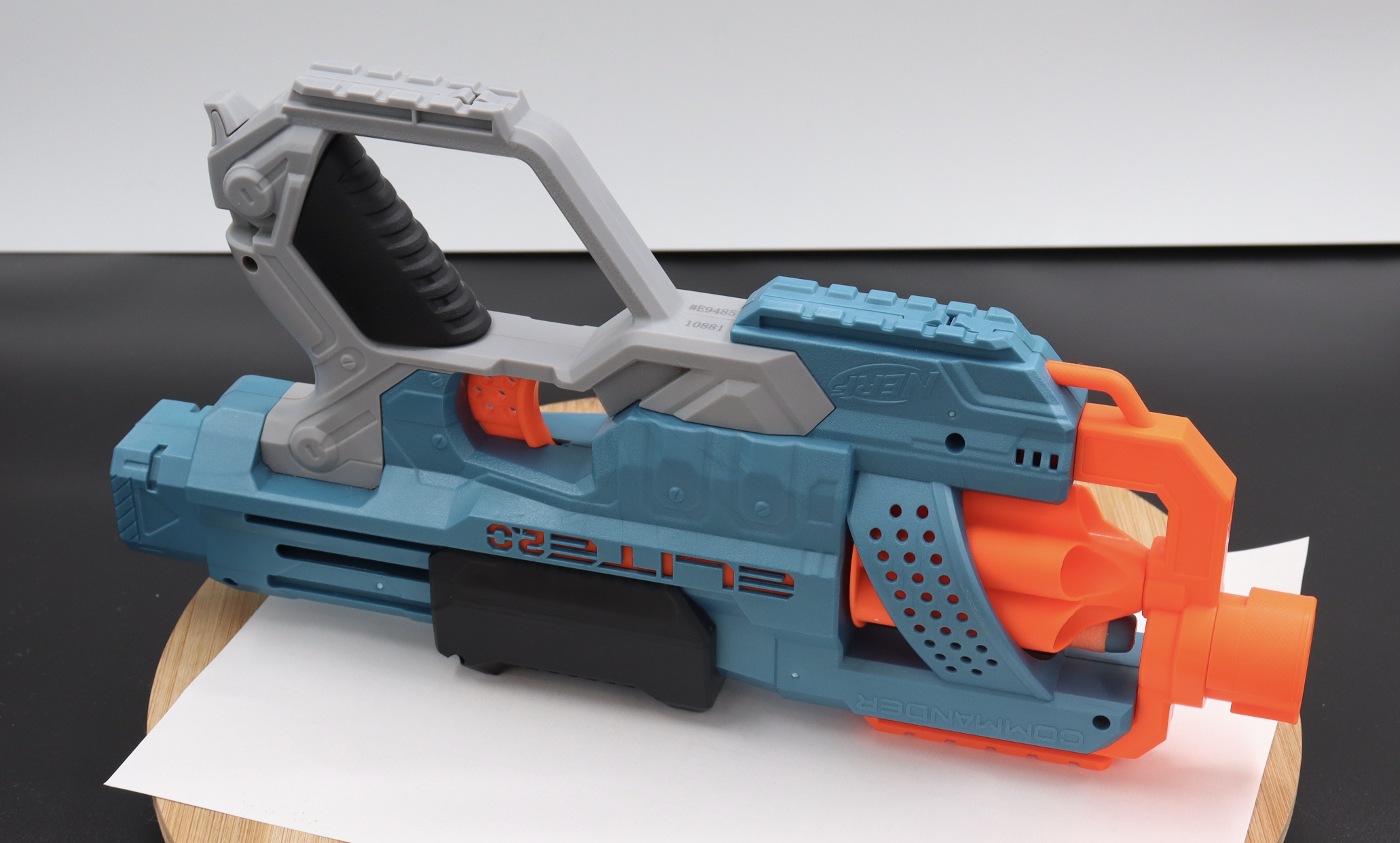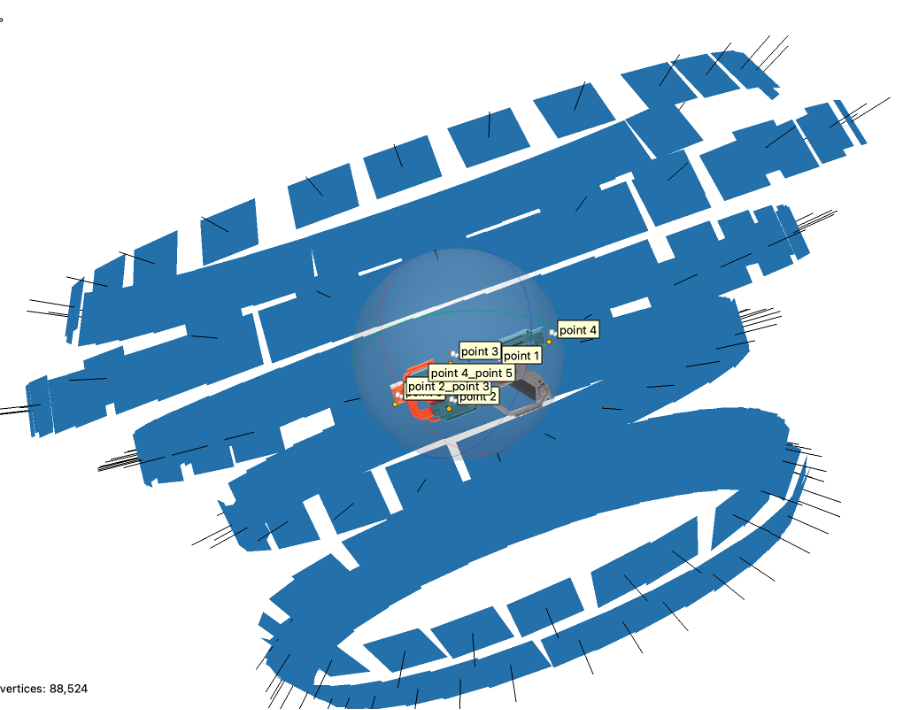
To create the 3D model you can see onscreen, we have used photogrammetry as our method of choice. Photogrammetry is a process of creating robust 3D models by high quality overlapping photographs. It required us to photograph the object from every possible angle, and to maintain even and consistent lighting for the best possible results.


To photograph our object, we have placed it into a lightbox to ensure consistent lighting. We then placed a camera on a tripod, in order to maintain the same angle, and rotated the toy for each picture. It was important as each photograph should have a ⅔ overlap with the previous one. Once we have completed a rotation, we have changed the angle of the camera and repeated the process. Because of the qualities of our toy, we had to photograph it from 2 different positions - with it laying on its top side, and propped up. This way, we were able to cover all angles and create a model without any gaps. As a result, we had to make around 150 pictures from all 6 rotations.
Once we were satisfied with the quality of the pictures we had taken, it was time to import them into the processing software - Metashape Pro. Metashape is a professional program used to create robust 3D models using pictures.
To start the process, we have processed the photos from the 2 different positions separately first. This was done as the software would have problems correctly processing the 2 angles at the same time without proper masks. To combat this, we have generated lower quality models first in order to generate masks that we later used for high quality reprocessing. This allowed us to automate the creation of masks which would otherwise be a tedious process with the amount of detail in our object. Creating masks is important as it allows the program to better separate the object from the background and results in a higher quality model.

With the masks generated, and the higher quality models ready, we were able to merge them together into the final model. Because both sides of the toy that we are using are quite similar, the software had certain problems with aligning the pictures from both angles together. At first, it resulted in an interesting merger. We were able to solve this by marking distinct points on the toy using markers. This allowed the program to better align the photographs and resulted in a clean model.

Once we had our model, we were ready to import it into voyager and start creating the narrative around this scholarship edition.